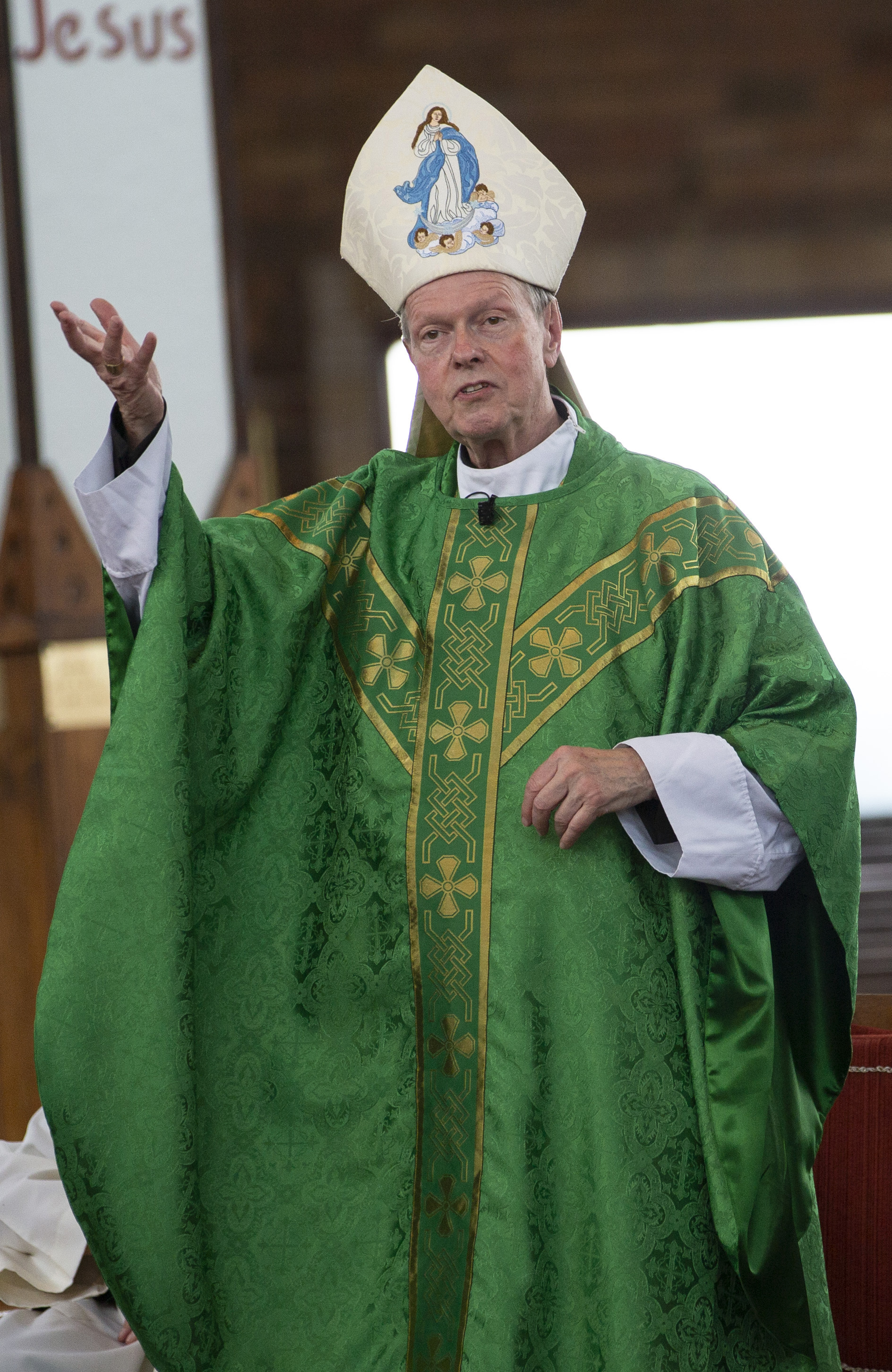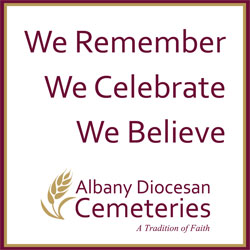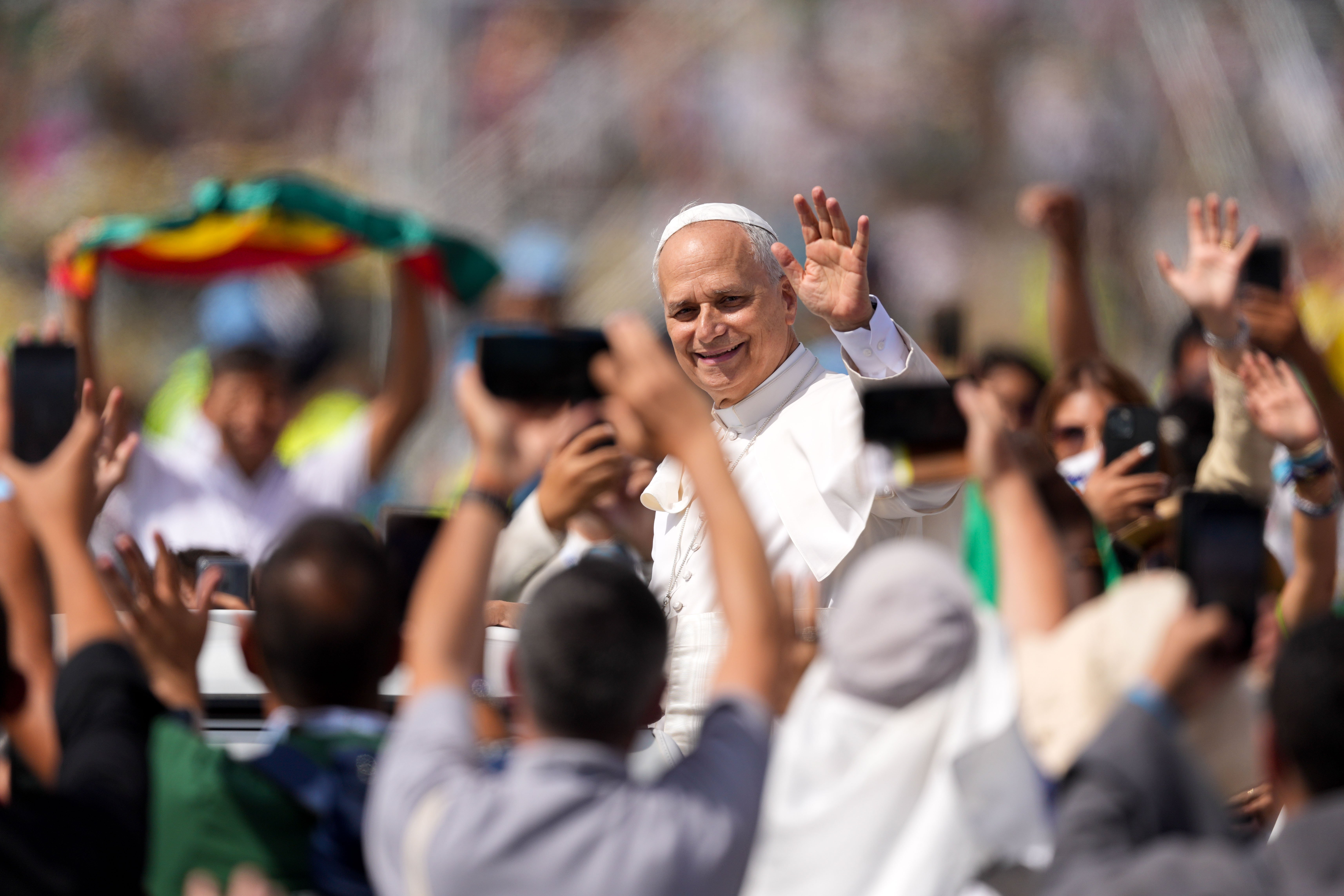April 6, 2018 at 1:53 p.m.
KEYS TO CAMPAIGN
How some parishes reached 2007 goals of Bishop's Appeal
Communicating with parishioners and fostering a sense of ownership are two key methods used by parishes with successful Bishop's Appeal campaigns this year.
St. Pius X in Loudonville, St. Bonaventure's in Speigletown and Holy Trinity in Schaghticoke increased participation in the annual drive that funds Catholic education, services to the poor, vocation efforts and other diocesan-wide programs.
St. Pius X Church, for example, continued five years' worth of steady upward progress when they gathered $305,000 in pledges, going well over their assessment of $236,000. They also signed up new donors.
Stewardship
Rev. Michael Farano, pastor, said the success derived from parishioners' understanding of stewardship: Catholics' responsibility to use and share the gifts God gives them.
"Many of our people already contribute to their alma maters and have other community obligations," he said, "but they seem to place the Bishop's Appeal very high on their priority list. I'm very proud of them."
He also attributes the parish's success to a keen understanding on the part of Catholics about "the purpose of the Bishop's Appeal and what it does, and an understanding that this is the financial lifeblood of the Diocese. What motivates people is a commitment to the cause and, from a spiritual point of view, showing our gratitude to God by helping one another."
Surpassing goals
When encouraging parishioners to donate, Father Farano prefers to speak to the purpose of the Appeal and what it accomplishes in the Diocese, rather than about the mechanics of fulfilling goals and assessments.
"The motive is to share the blessings you've already received," he explained. "That's the only motive that sustains charity."
St. Pius parishioners know that the Bishop's Appeal "is an opportunity to be in solidarity with the diocesan Church to do our part in helping the Bishop meet the financial responsibilities that are his as Bishop of Albany.
"People recognized their solidarity with the Bishop, his ministry and the needs of the Diocese, and I don't think it's any more complicated than that."
Transition
When Rev. George Fleming became pastor of both Holy Trinity parish in Schaghticoke and St. Bonaventure parish in Spiegletown, the two parishes were going through a time of transition.
It was the first time they shared a pastor, had an increased Bishop's Appeal assessment, were adjusting to a shortened Mass schedule and were going through their own capital campaign.
To give an example of donating, Father Fleming made additional gifts in his father's name "as a sign of support and talked about it every week" from the pulpit.
Communication
The talks helped parishioners realize what the Bishop's Appeal funds, the priest said, and how those diocesan offices affect the people at the parishes in their day-to-day lives.
To back up his talks, Father Fleming distributed informational sheets, breaking down where the parish's money would go, so parishioners could see in "a solid dollar amount how much money was going to vocations" and so on.
For their part, parishioners put together lay-run teams as a "sign of people taking ownership and being supportive of each other," he said. "A lot of parishioners stepped up to the plate. There was more ownership, and the Diocese was cooperative in helping us. A lot of things came together."
(7/19/07)
[[In-content Ad]]MORE NEWS STORIES
- Cordoba cathedral fire quickly extinguished despite dramatic flames
- Federal judge in Maryland blocks Trump birthright citizenship order
- Nagasaki monastery, Pope’s message to KofC, Blessed Pier Giorgio Frassati | Week in Review
- Pope Leo tops Gallup world leader poll, across party lines
- Green card policy change may leave immigrants seeking legal status vulnerable to deportation
- Apostolates in Minnesota archdiocese focus on missionary discipleship at historic meeting
- Legacy of Japan’s champion of medicine, faith who persevered after atomic bomb endures
- Reckoning with empire: A Catholic critique of American foreign policy in a nuclear age
- Father Lafleur: Forgotten story of chaplain to POWs in WWII and his ‘incredible selflessness’
- Antisemitism has ‘no place’ here, says St. Louis archbishop after attack







Comments:
You must login to comment.